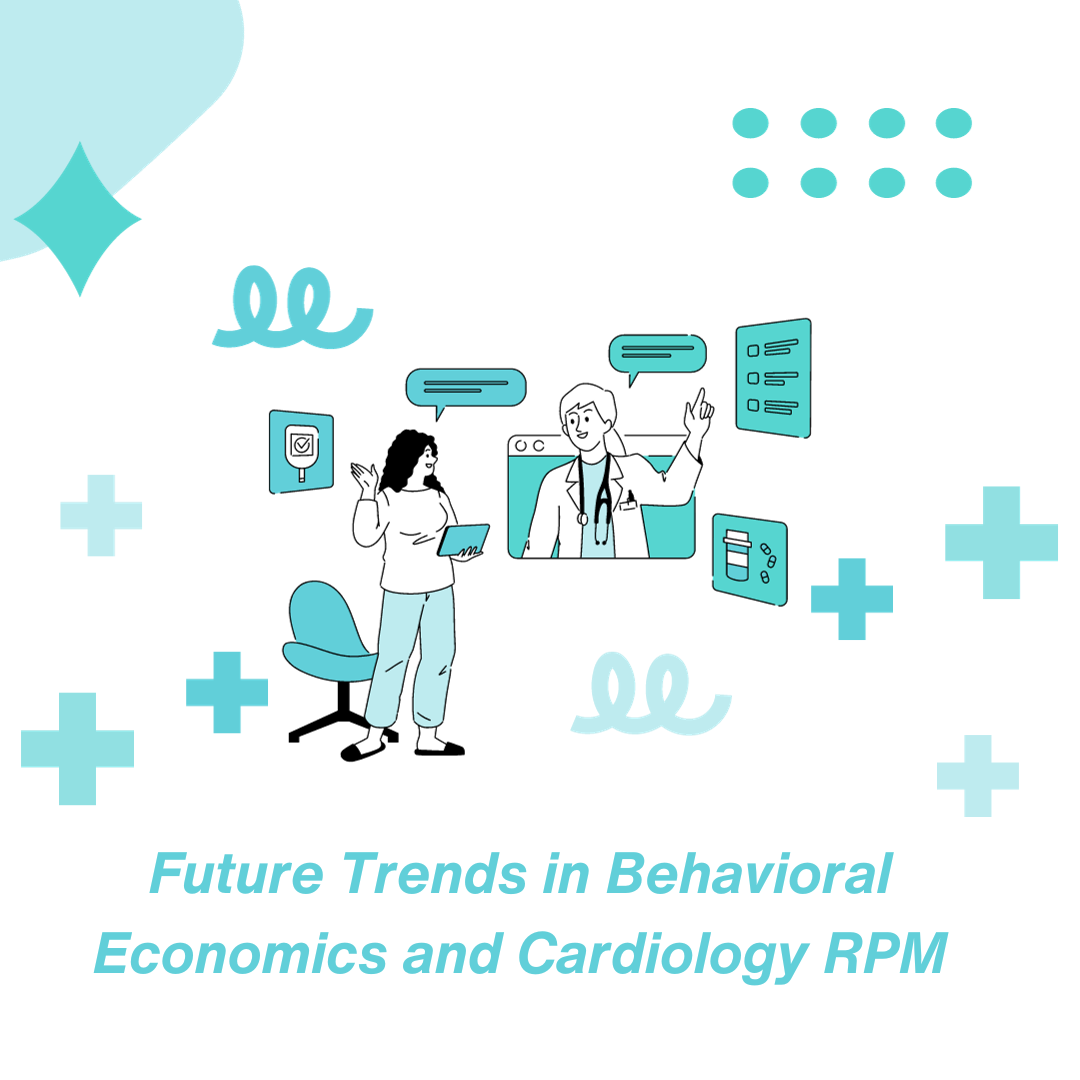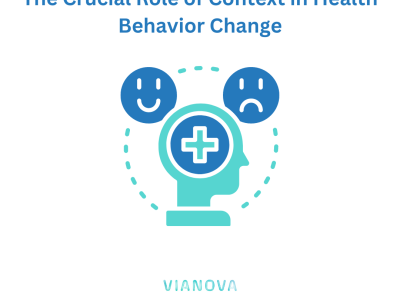
Future Trends in Behavioral Economics and Cardiology RPM
As the field of cardiology and Remote Patient Monitoring (RPM) continues to evolve, so too do the applications of behavioral economics. The interplay between behavioral economics and cardiology RPM offers a rich landscape for innovation, with emerging trends that promise to further enhance patient engagement and outcomes. In this final article of our series, we explore the future trends in behavioral economics and their potential impact on remote cardiology monitoring.
1. Personalized Nudging:
The future of RPM lies in the personalization of nudges. Advancements in artificial intelligence and machine learning enable the tailoring of nudges to each patient’s unique preferences and behavioral tendencies. These personalized nudges can be more effective in motivating patients to adhere to their monitoring and treatment regimens.
2. Wearable Technology and Continuous Monitoring:
The integration of wearable technology into RPM is a growing trend. Devices that continuously monitor vital signs, such as heart rate, blood pressure, and ECG, provide a wealth of data for patients and healthcare providers. Behavioral economics will play a crucial role in translating this data into actionable insights and motivating patients to stay engaged.
3. Gamification and Virtual Health Communities:
The gamification of RPM is on the rise. Patients can earn rewards, engage in challenges, and compete with their peers in a virtual health community. These game-like elements encourage adherence and make the monitoring process more enjoyable. Behavioral economics principles will continue to inform the design of these gamified experiences.
4. Behavioral Insights from Big Data:
The collection of vast amounts of health data in RPM programs presents an opportunity for behavioral insights from big data. Analyzing patient behaviors, adherence patterns, and the impact of various nudges can lead to a deeper understanding of how behavioral economics principles can be optimized for better outcomes.
5. Telehealth and Behavioral Economics Integration:
The integration of telehealth services with behavioral economics is an exciting trend. Telehealth consultations, coupled with behavioral nudges, can enhance patient engagement and treatment plan adherence. Behavioral economics can guide the design of telehealth interactions to maximize their impact.
6. Real-time Feedback and Decision Support:
RPM platforms of the future will provide real-time feedback and decision support. Patients will receive immediate insights into the consequences of their choices, helping them make more informed decisions regarding their cardiac health. Behavioral economics will inform the framing of this feedback for maximum impact.
7. Ethical Considerations:
As RPM and behavioral economics become more intertwined, ethical considerations will become increasingly important. Ensuring that patients are fully informed and empowered in their decision-making, and that their data is used responsibly, will be a central concern.
The Intersection of Innovation and Behavioral Economics
The dynamic intersection of innovation and behavioral economics holds the promise of further improving the cardiac care of patients engaged in RPM. These trends represent a shift from a one-size-fits-all approach to a more personalized and engaging model of care. By harnessing the power of behavioral economics, RPM providers can create more effective, patient-centered programs that empower individuals to take control of their heart health.
As we conclude this article series, we hope you have gained valuable insights into the fascinating world of behavioral economics and its application in cardiology RPM. The future is bright, with new possibilities and innovations on the horizon, and we look forward to the positive impact these advancements will have on the well-being of heart patients worldwide.



FEEL FREE TO DROP US A LINE.